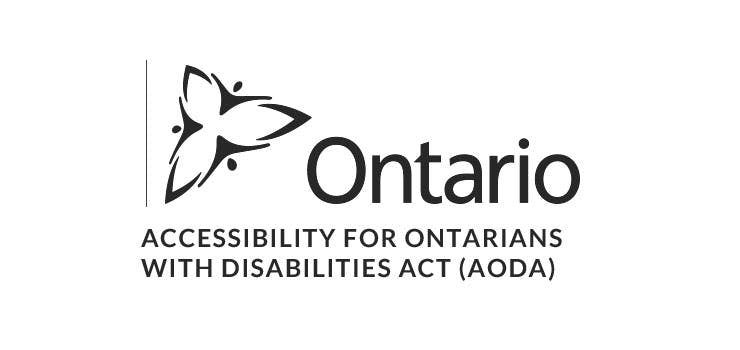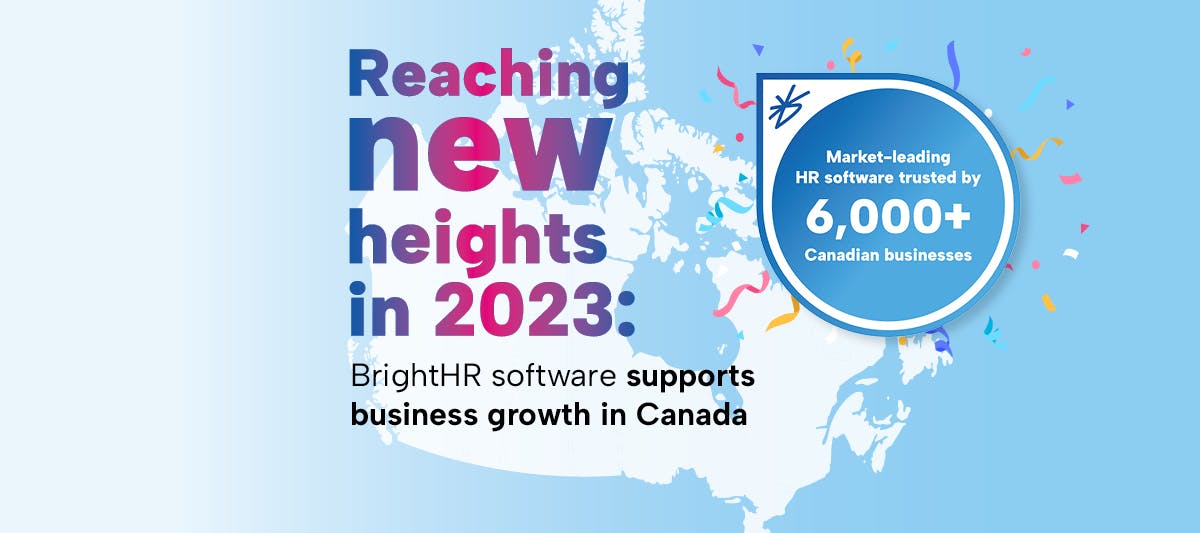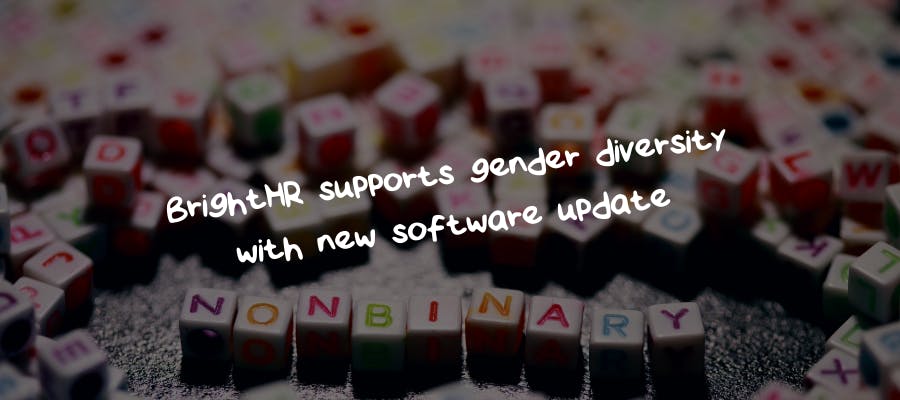First published on Tuesday, May 9, 2023
Last updated on Tuesday, May 9, 2023
For many years, Ontario has been working hard to make the province more accessible and inclusive so everyone can fully participate in the world of work. Over 15% of Ontarians have a disability and as the population ages, the number is expected to keep growing.
Ontario is currently leading the way on legislation promoting accessibility. The province is committed to removing barriers that prevent people with disabilities from fully participating in all aspects of life.
AODA plays a crucial role in fostering workplace accessibility and inclusivity across Ontario. In 2005, it became mandatory for all employers and workers to complete AODA training. However, many workplaces are yet to implement it.
Keep reading to learn why it's important for all employers to have AODA training and how BrightSafe can help your business meet training requirements...
But first, a quick overview of AODA
The Accessibility for Ontarians with Disabilities Act or AODA was created to spot and remove barriers that prevent people with disabilities from living full lives. The Act became law on June 13, 2005, and applies to all Ontario businesses with one or more employees. This includes nonprofits, government, and private sector businesses.
To help make it more accessible, AODA training has now been added to BrightHR's health & safety software BrightSafe. Making it your one-stop solution so you can meet mandatory employee training requirements in Ontario.
What are the topics covered in AODA?
AODA training helps employees understand how to work with or provide service to people with disabilities—both visible and non-visible. All AODA training must cover the following topics:
- Customer service—to identify and remove barriers, train staff on how best to accommodate with disabilities, and provide accessible facilities, goods, and services.
- Design of public spaces—to ensure businesses redevelop or create new outdoor public spaces that are easy for people with disabilities to access.
- Transportation—to ensure businesses use accessible vehicles and provide accommodations that make travelling around the province easier for people with disabilities.
- Employment—to make hiring easier and provide the right support for people with disabilities.
- Information and communication—to make business information easily accessible.
Training should also cover topics relating to the Ontario Human Rights Code and the AODA accessibility policy.
Employers must be compliant with AODA because...
It's a legal requirement for all obligated employers in Ontario to be compliant with AODA standards. You could face fines of up to $15,000 for failing to comply with AODA obligations and a $100,000 fine each day for major breaches of the legislation.
Incorporating these standards into your business's policies and processes helps you serve a larger audience. It also shows your business is mindful of providing services to everyone in a way that meets their needs and provides a better experience.
This can be vital in growing your business's presence and boosting profits, plus if you don’t make your services accessible, customers might go to competitors who have better accessibility options. Over 6 million people in Canada are disabled*, having one or more disability. This is a huge part of the population that you could be excluding from your customer base if you're not accessible.
Simplify mandatory training with BrightHR
BrightHR makes it easy for employers and employees to complete all the mandatory training. With our health &safety software BrightSafe, you get the full suite of compulsory OHS training for your province.
BrightSafe provides the following training courses: * Accessibility for Ontarians with Disabilities Act (AODA) * Workplace Hazardous Materials Information System (WHMIS) * Worker/Supervisor Health and Safety Awareness * Workplace Violence and Harassment
With BrightSafe e-learning, you can easily assign these courses to your staff, track their progress and send due date reminders.
Employees can complete the courses at their own pace and convenience, and their completion records are automatically recorded and stored on the platform. This eliminates the need for paper records and reduces the administrative burden on employers.
It also helps employers meet the legal requirement to have training records on file stating the name of the worker, date of completion, and the training topics covered.
So, take advantage of the ease of having all of Ontario’s mandatory training in one place with BrightSafe.
To see how BrightHR helps you stay compliant with OHS training and more, [book a demo today](https://sandbox-www.brighthr.com/ca/book-a-demo/.
*How creating an accessible Ontario affects your business | Ontario chamber of commerce
*A demographic, employment and income profile of Canadians with disabilities aged 15 years and over, 2017 | Statistics Canada






